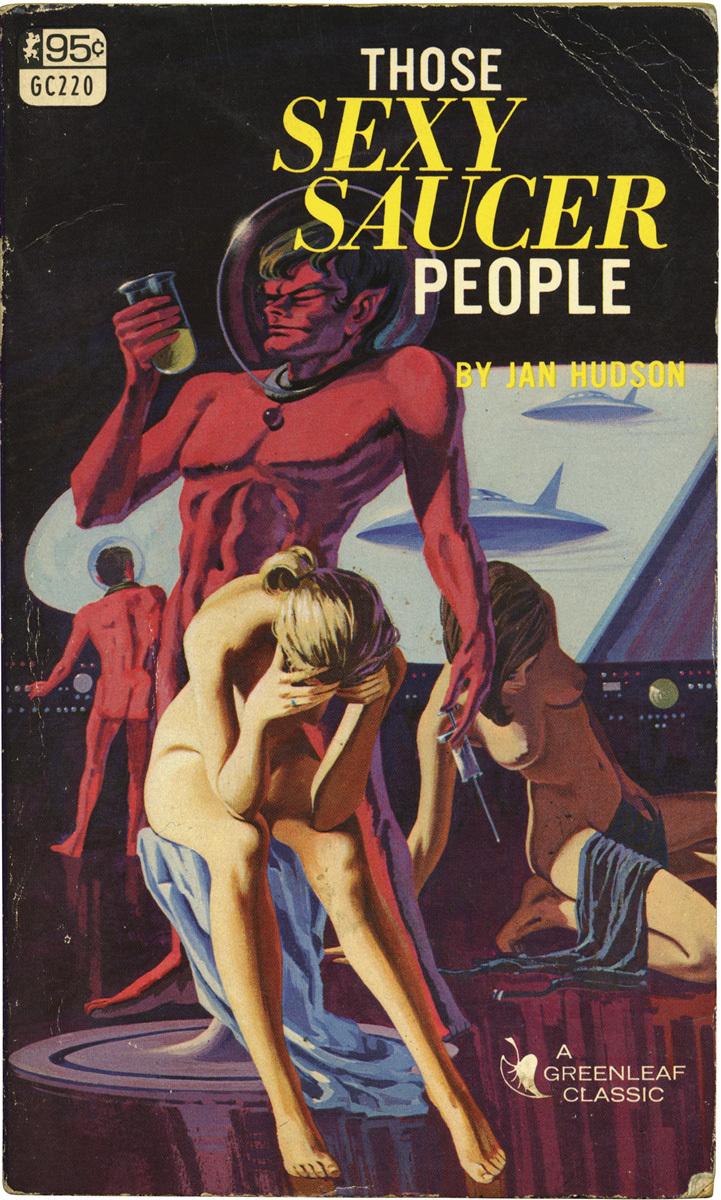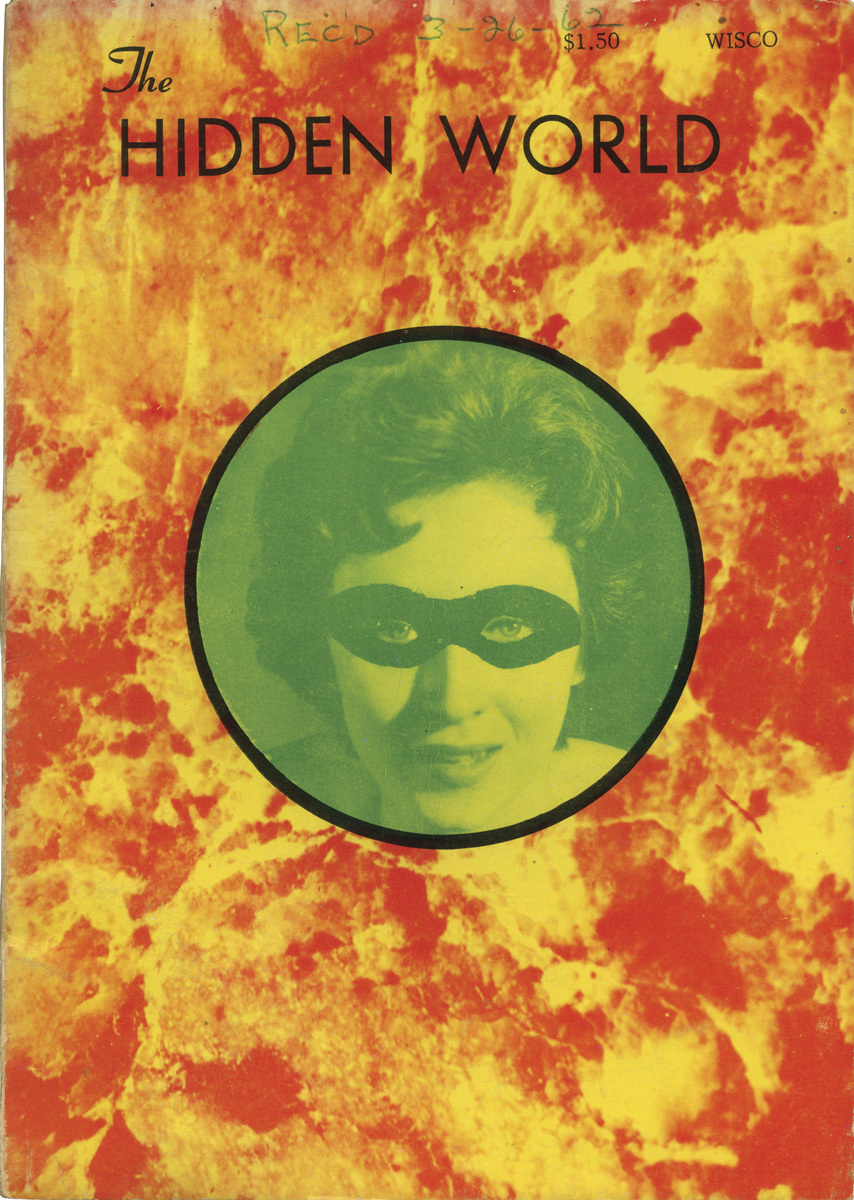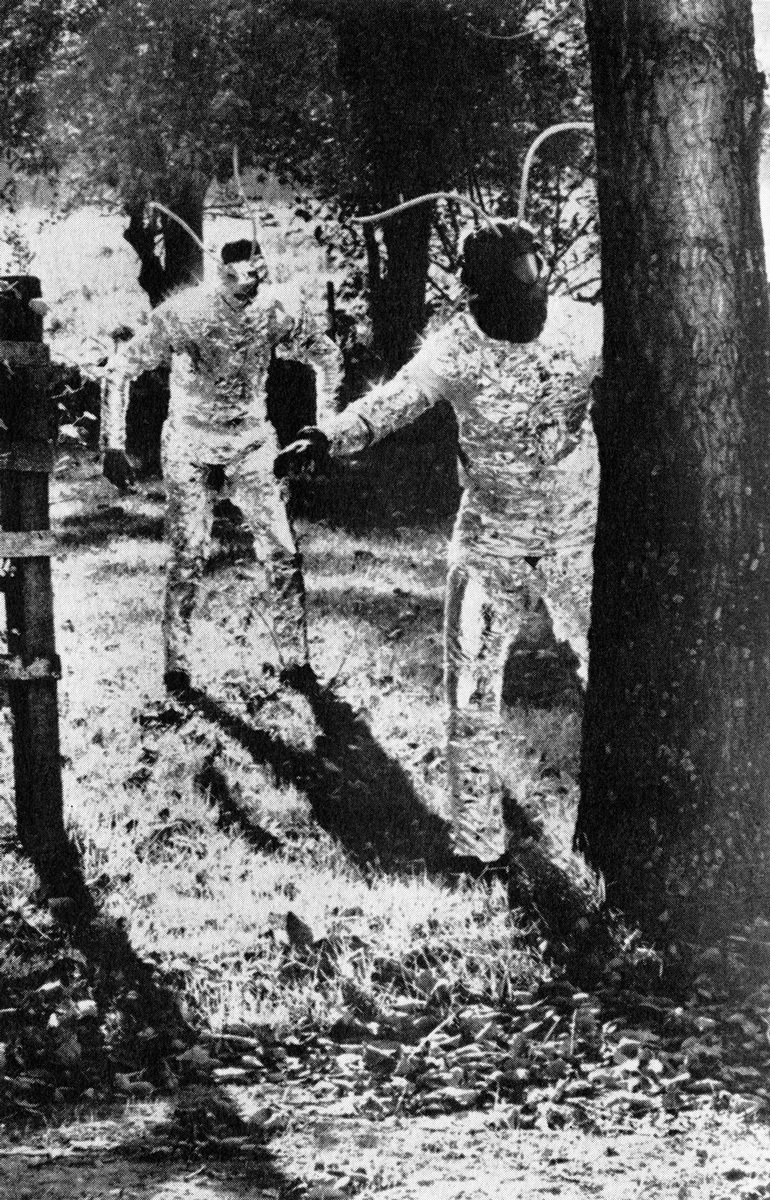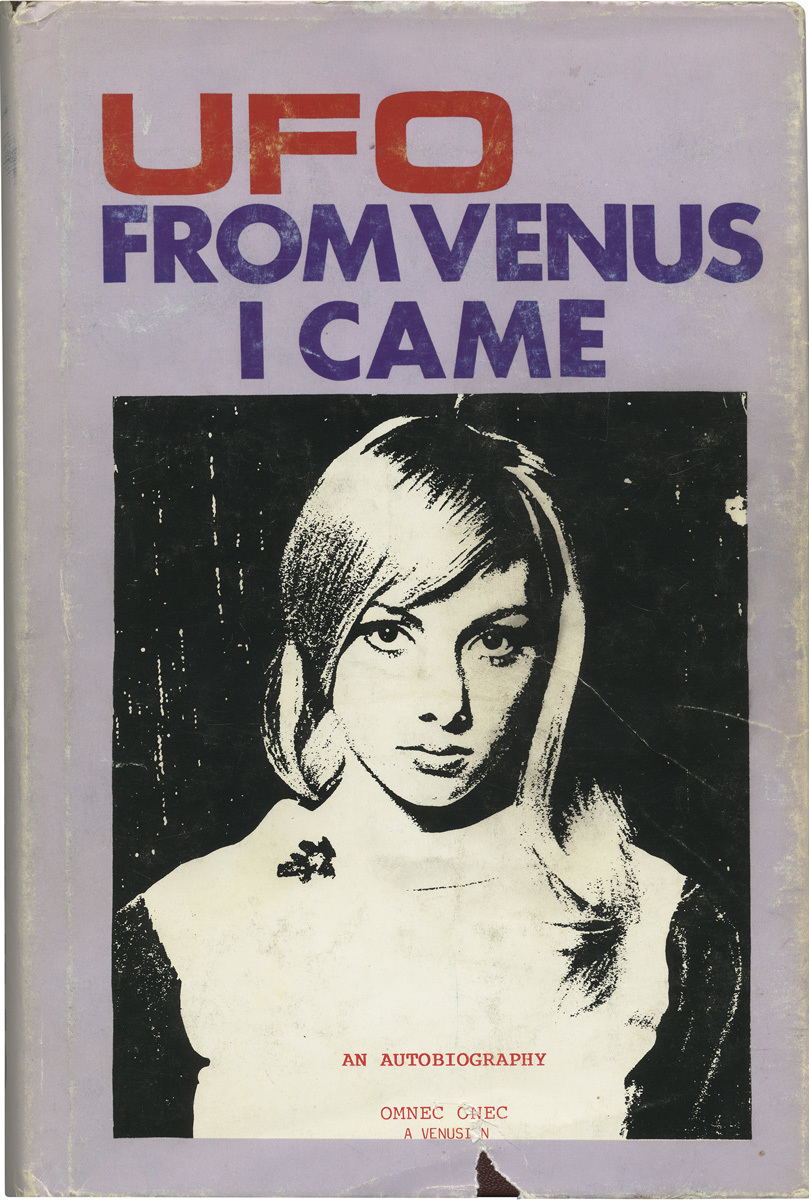Jack Womack, winner of the Philip K Dick Award for science fiction, has spent over 50 years amassing an incredible collection of UFO literature, from best-selling pop culture titles, to the rarest fringe culture publications. Now his alien library has been gathered together in an anthology titled Flying Saucers Are Real! showing books on the topic that range from the totally absurd, to dry handbooks full of facts for understanding alien sensibilities, Womack’s collection, with his own commentary on the titles, gives insight into a phenomenon that gripped much of the western world for decades. Rather than being an extraterrestrial diehard spending nights looking for signals from outer space, Womack is interested in the earthly impact of aliens — where our cultural obsession with UFOs came from and why it all but disappeared.

What led you to writing science fiction?
I sort of fell into science fiction through the back door, because I started writing novels set in the present day and realised my imagination was such that I pretty much had to set things in at least the near future to make them believable.
When did you start collecting books on UFOs?
I began when I was 8 years old, the same way that some kids went about collecting matchbox figures or pictures of sports players. It was the collecting of something that I found very interesting and which awoke my sense of wonder.
What was it that sustained your fascination with stories of alien life?
What happened was that as I grew older into my teenage years I realised — well I knew pretty much from the start, but I was positive by my teenage years — that there are no flying saucers. The theories that the books presented that by point, the late 60s and 70s, all revolved around the same extremely dull template of little grey men who came down to probe you and let you go with false memories, and once that story proliferated it just became much more boring. But the classic period — from the start in 1947 and through the 50s — is worth examining just for enjoyment, for entertainment and on a much more serious level for watching the development of certain strains of popular belief, of popular paranoia and various concepts that emerged over time. For example the belief that the government not only covers up the truth about flying saucers, it covers up the truth about everything — that was the point where it slipped over the edge.

What forces were at work in society that stirred up a popular interest in UFO phenomena?
Well, initially I think it was always fear to some degree, because in the late 40s when they were often reported as seen, that’s when you had in America the first communist scares, the rise of Joe McCarthy, the soviets setting off their first atomic bomb in 1949. Suddenly there was a strong feeling that the American public were no longer in control of their lives, and something else was out there. The original theory for flying saucers was that they were Soviet or Russian or from some nation on earth. The extraterrestrial theory only really started coming along in 1950, the year the first two major books on flying saucers came out, one was by a retired army officer who went about it very seriously, very methodically, and believed that there was a government conspiracy hiding the actual truth about flying saucers. That same year Frank Scully came out with his Behind the Flying Saucers, which passed along as truth a complete tall tale about the airforce getting hold of a crashed flying saucer with bodies of burned little grey men that were pretty crispy by that point, and apparently the government was hiding them and knew the truth. So right from that early point you had both, shall we say the serious UFO enthusiasts and those who weren’t quite so serious, whether on purpose or as was the case more often, simply convincing themselves of their existence.
What led to the decline of pop culture’s obsession with UFOs?
The saucer phenomenon came in several different ways. There’s the initial beginning wave in the late 40s, then it really died away after Sputnik [the first artificial satellite successfully launched], because people got far more interested in actual space travel that they could read about in the papers and see on tv. Then in 65, 66 the next flap began with the sightings in Northern New Jersey, there were odd sightings on a repeat number of nights, and then the experiences of Betty and Barney Hill, the first reported abductees, who were supposedly probed and had their memories erased, of course. Those incidents provided an enormous interest in flying saucers, which was coinciding with the space program as it worked toward its climax with the moon flight. So everyone’s attention was on space. But towards the end of the decade the government called for a scientific study of unidentified flying objects, and not long after the first moon landing the Condon report came out and said there is absolutely no reason to be investigating reports of this phenomenon further. That briefly killed the entire thing. That actually had a terrible effect on popular science — because once they were on the moon and saw how essentially banal it was, at least at that point, it was like ‘ok, we’re up there, so what? We’ve got problems down here.’ So by the late 60s and early 70s science fiction was harmed, flying saucer books stopped coming out, popular science was replaced by new-agey beliefs that really got a hold in the 70s, until people started to realise that wait a minute, science is good, let’s do this. It may have been a little too late. I wonder if the the reaction to global warming might be have been any different if that hadn’t happened.

The internet is ripe for the spreading of flying saucer stories — is there any chance of it sparking up again in a big way?
You have all sorts of theories, alien theories and David Icke’s theories…all are rampant on the internet. The movement split like everything else into its various demographics — you have the flying saucer believers who think they’re paranormal, you have those who believe they’re supernormal, you have the ones who believe they’re supernatural, the ones who believe that flying saucers are somehow involved with Bigfoot, with the Loch Ness monster…the audience is so fractured, and now with the internet you can tune into any particular belief system you want to and run with it, which is sometimes harmless and sometimes not so good. So flying saucer believers are still out there, I don’t know if it will ever become a mass public phenomenon, because so much of previous instances have revolved around imagery, and since the advent of every single person having a camera on their person all the time there is always someone with a camera at the right place and the right time, we’ve seen a precipitous drop-off in the number of photos. They’re not nearly as common as they used to be, because it’s so easy now to digitally enhance the image. An enormous element of mystery that was always part of the fun aspect of alien investigation I fear has probably been lost forever.
Do you have a favourite UFO conspiracy theory? The Elvis one is pretty good.
That’s really one of the best, you have to admire the fact that someone came up with that. It’s by far one of the more inventive. Another favourite would be Flying Saucers on the Moon, with the book jacket that looks like it was done by the editor’s child in time for the editorial meeting the next day. Sexy Saucer People is also wonderful — the text of that one is actually serious even though it was from a porn house — it’s written in straightforward non-prurient detail.
Do you think we’re going to find evidence of UFOs at some point soon?
Well, ok, flying saucers as such, I do not believe in. I believe very strongly that people believe they see flying saucers. In terms of alien life it’s very likely — but who knows when we’ll see it. There could be frozen microbes way down under Mars, there are so many possibilities. I’m sure there’s something out there, I just have no idea what it is.
Would you be up for being abducted if there were UFOs flying over earth?
No, no, no. I gave up wanting to be abducted probably around the same time I realised that it’s not that fun to visit those London clubs that you have to be invited to. At my age I’d pass on being abducted by aliens.
Flying Saucers Are Real! by Jack Womack is published by Anthology Editions on 16 September.
Credits
Text Clementine de Pressigny
